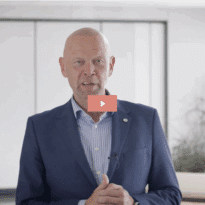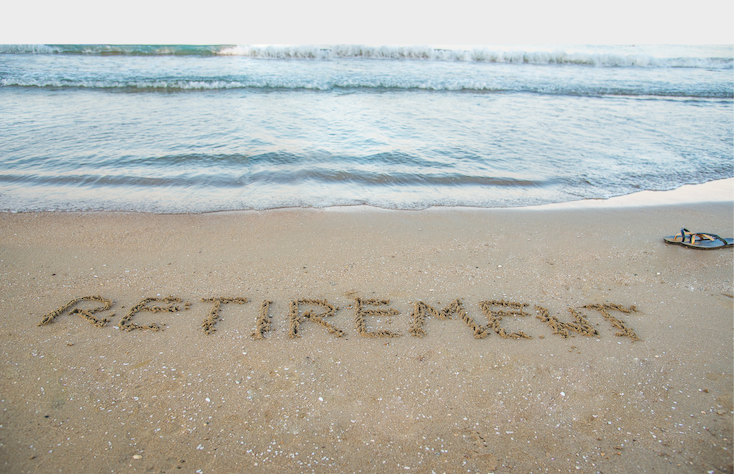The Government has confirmed that the minimum private pension age will rise from 55 to 57 in 2028.
Members of ‘uniformed pension schemes’ including armed forces, police and fire services, will be exempt from the new rules.
The normal minimum pension age (NMPA) was introduced in 2006 and increased from age 50 to age 55 in 2010 to encourage people to work and save for their retirement for longer. In 2014, the Government announced that the NMPA should be set at 10 years below the state pension age which is set to rise to 67.
While pension experts welcomed the confirmation, they warned the new legislation would add further complexity to an already-complicated pension system.
Andrew Tully, technical director at Canada Life, said: “The confirmation of the timing of the increase in the normal minimum pension age will be welcome to individuals and advisers and give time for appropriate planning over the next seven years.
“However, what should have been a simple process has turned into a hugely complex mess. The process to decide which individuals retain a right to an earlier pension age is completely arbitrary, being based on the specific wording within scheme rules, which may have been written many years ago.
“It also leaves open the possibility that people will hunt around for a scheme which gives them the right to take benefits at age 55 and transfer to that before 2023. So expect frantic transfer activity over the next few years as people look to secure age 55 as their minimum pension age, irrespective of their birth date.”
Tully said it was also disappointing to see a continuation of the existing ‘block transfer’ rules, which he described as complex and effectively stopping individuals transferring to a more flexible, cheaper contract in order to retain their right to take benefits at 55.
Tully added: “The legislation as drafted adds further hideous complexity to the pension system, which might be fine for pension geeks like me but for the average pension saver will prove nigh on impossible to navigate successfully without the help of professional advice.”
Jon Greer, head of retirement policy at Quilter, echoed the sentiment: “One of the biggest issues with the initial consultation back in February was that it contained a number of inconsistencies. None bigger than the fact scheme members would have been able to retain their protected pension age for block transfers, but for not individual transfers. The government’s concession to allow both block and individual transfers will therefore remove one inconsistency, and on the face of it may remove the jeopardy associated with losing the earlier retirement age.
“It’s certainly a positive that the government has listened to feedback and said it will provide details of proposed transitional protections soon, but the details of this regime will be crucial. This regime could have a material impact on members decision to transfer, and also on the complexity of administration for pension schemes and ease of communication to members.
“Any rules that don’t quite work the way they do today will add additional complexity to the retirement planning landscape which members will have to get their head round. Will scheme members understand a transitional arrangement for a protection regime?
“While good natured in the approach, given the added complexity of these new regimes, we may well still ask whether the increase in the NMPA is really worth it.”
With FCA data revealing that 55% of pension plans accessed for the first time are fully withdrawn, Greer warns that adding an extra two years to the minimum age “isn’t going to change behaviour and will do very little for improving retirement prosperity.”






























